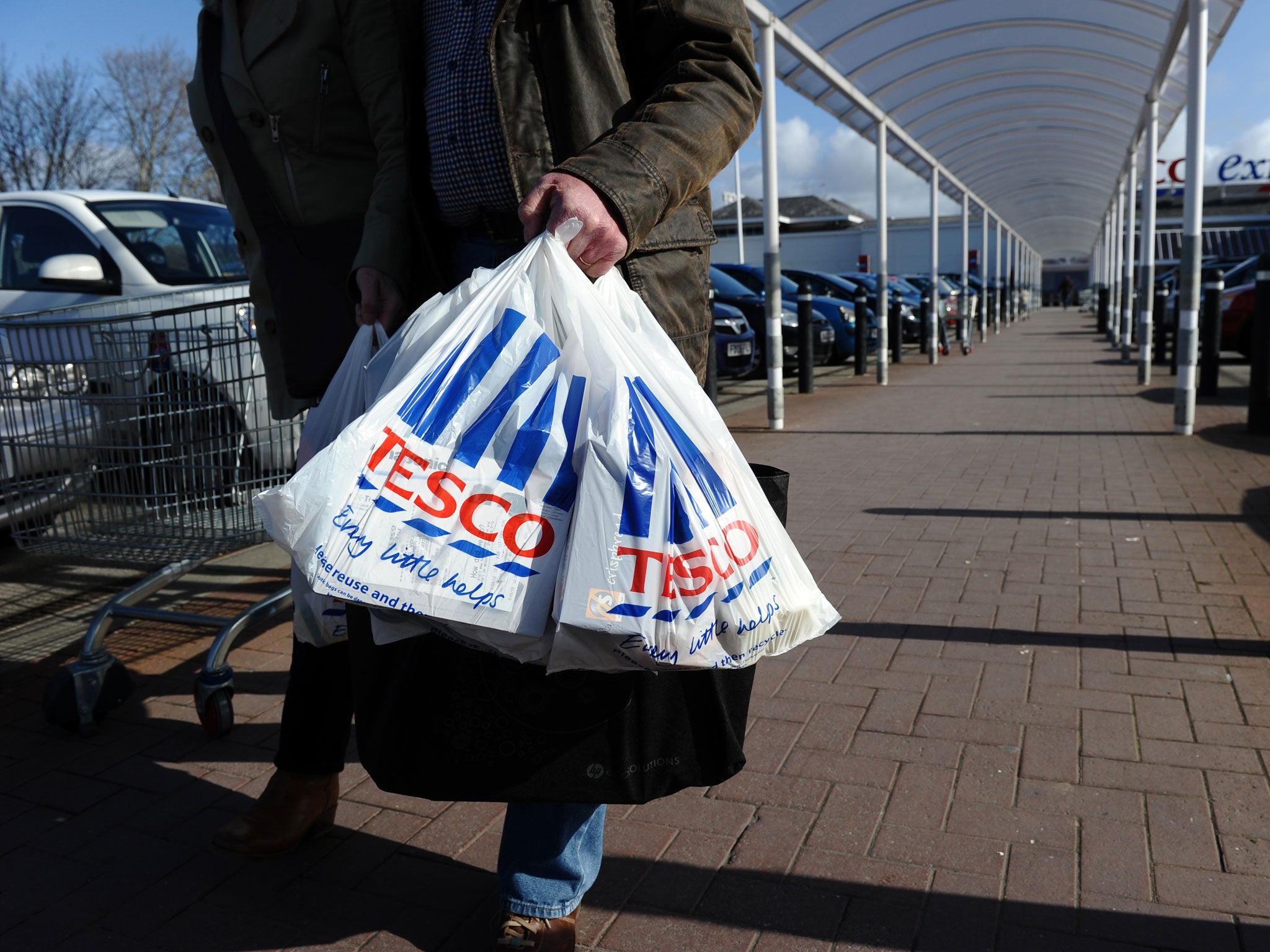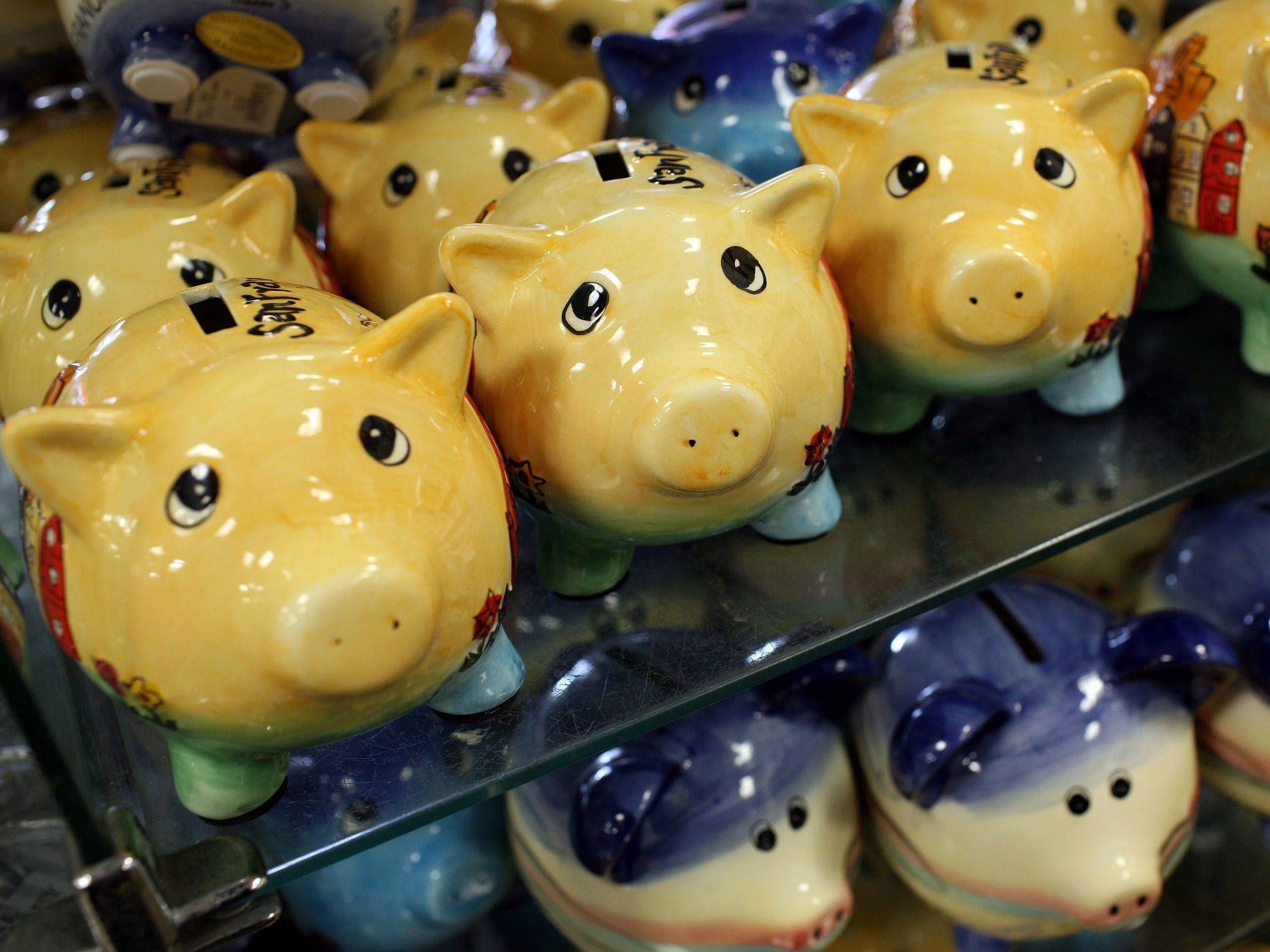Quantitative easing: what does it mean for consumers?
How European Central Bank policy could make you feel richer while eating your savings

Cheaper chocolate, bargain holidays to Spain, a hit to your savings: these are just some of the ways quantitative easing could be felt across Europe after it kicks in on 9 March.
Final plans for quantitative easing announced by the head of the European Central Bank at lunchtime means a massive €1.1 trillion cash injection into the European economy. It is meant to jump-start economic growth by ‘printing money’ that should boost asset prices, bank lending, consumer confidence and growth.
This is old news in Britain and the US, where QE was used six years ago. But it’s new to Europe. Sounds great – but is it?
Quantitative easing could mean:
Cheaper holidays

All that new cash in Europe will drive down the price of the Euro, meaning sterling may be worth a whole lot more. This is great news for European holidaymakers who should find their spending money goes a lot further. Goldman Sachs said last year that quantitative easing could mean the euro is worth 65p compared to the 72p it is worth today.
Shopping for less

A cheaper euro will also make goods manufactured in Europe cheaper in the UK – so household names imported from Europe like Renault, Nestle, Hellman’s and Dove could get cheaper. While that sounds great in the short term, it does have risks. Bargain hunters, spotting the trend for good to get cheaper, might hold off from adding things to their basket in the hope that prices will fall again. That could send the economy backwards by creating deflation.
Prices rise over time

QE is designed to make inflation – or the rate at which prices rise – pick up again. The value of debt, which is fixed, would therefore seem less. Some commentators think QE is a tactic to reduce the burden of European sovereign debt, rather than to put more cash in the pocket of regular consumers.
Saving money is harder

Because QE keeps interest rates low savings will also grow slowly – as anyone with a UK savings account will have noticed. In the UK, annuity rates, which determine the amount of income investors can buy with their pension fund, fell to record lows after QE. The cost to savers has been estimated at tens of billions of pounds.
Rich get richer

Since 2009, the Bank of England has used QE to try and revive the British economy. But evidence from the Office of National Statistics showed that the bank’s purchase of a third, or £375 billion-worth, of government bonds (or gilts) actually made the richest 10 per cent richer by hundreds of thousands of pounds. According to the Bank of England, QE in the UK delivered a massive boost to the wealth of the most prosperous 10 per cent of households in Britain while delivering relatively scant returns for the poorest.
Join our commenting forum
Join thought-provoking conversations, follow other Independent readers and see their replies
Comments